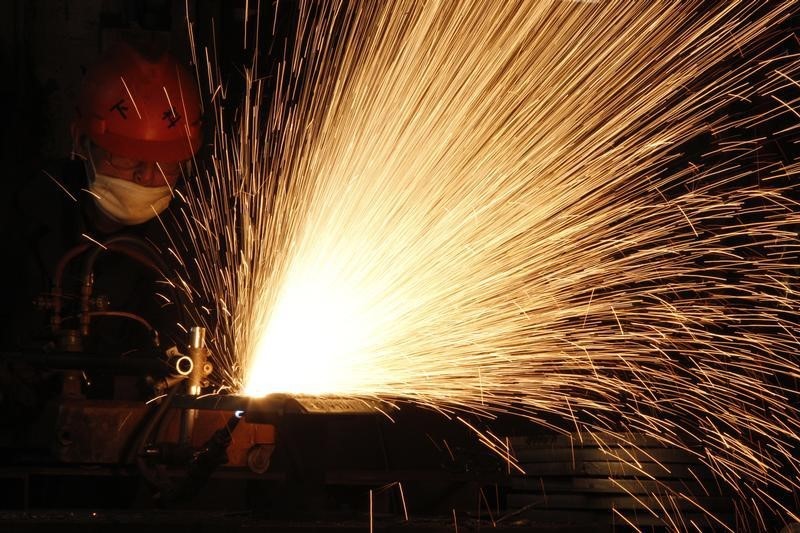(This is a repeat of an item issued on Tuesday)
By Clyde Russell
LAUNCESTON, Australia, Feb 11 (Reuters) - It may seem slightly odd to ask if a commodity that has shed 15% of its value in a little over two weeks has actually fallen enough, but iron ore is looking quite resilient in the face of China's coronavirus epidemic.
In theory iron ore and steel should be among commodities most exposed to the expected economic hit from the virus, which has killed more than 1,000 people and infected more than 42,000. epidemic has led authorities in Beijing to quarantine the central city of Wuhan, where the outbreak started, but more seriously for the economy, it has led to extended holidays after the week-long Lunar New Year break.
Given steel's central role in construction, infrastructure and manufacturing, especially vehicles, it is likely that demand for the metal will slump in the first quarter.
How big a hit China's economy will take is still subject to debate, with some analysts seeing growth in gross domestic product halving to about 3% year-on-year, while others expect the blow to be slightly more modest.
Even the best case scenarios are likely to prove deleterious to China's steel sector.
Despite this, the price of spot iron ore has not been too badly pummelled by the virus fears.
Benchmark 62% ore MT-IO-QIN62=ARG , as assessed by commodity price reporting agency Argus, ended Monday at $81.35 a tonne, down 14.9% since Jan. 22, when the virus concerns really started to grab media headlines.
While a drop of nearly 15% is nothing to sneeze at, it is worth noting the price is still higher than the 2019 low, which was $78.15 a tonne on Nov. 11, when concern about a trade dispute with the United States was hitting sentiment.
The price action seems to suggest the market was more concerned by the trade dispute, which actually did not appear to have much impact on China's steel production or demand, than by the virus, which is likely to have a very real effect on both.
It is also worth noting that while iron ore prices plunged when China resumed trading after the Lunar New Year break, they have since largely stabilised, staying in a fairly narrow $3 range since Feb. 3.
Domestic iron ore futures DCIOcv1 on the Dalian Commodity Exchange have outperformed the spot price recently, with their decline since Jan. 20 standing at only 9.2% by Tuesday.
COKING COAL STABLE
Iron ore is only one component for the steel-making process, the other being coking coal, and here the price action is even more subdued.
Coking coal futures traded in Singapore SCAFc1 , which are based on the price of Australian free-on-board cargoes, ended at $150 a tonne on Monday.
They hardly show any impact of the virus, with the recent low being just $146.08 a tonne on Feb. 4, and the contract is still up 10.3% since the end of last year.
Coking coal futures on the Dalian Commodity Exchange DJMcv1 have also rallied, ending Monday at 1,225 yuan ($175.50) a tonne, slightly off the prior close of 1,227.5 yuan, but up 3.7% from the recent low of 1,181 yuan, and also up 5.2% from the end of last year.
The relatively sanguine performance of iron ore and coking coal in the face of the virus contrasts with Brent crude LCOc1 , which has dropped 18.3% since Jan. 20, and a steeper 22.7% from its high this year on Jan. 6.
While crude oil consumption in China is likely to be affected by the virus, its overall impact on imports may not be so dramatic as refiners and the government are likely to use the drop in prices to build strategic and commercial oil stockpiles.
For iron ore and steel, it would appear market participants are looking beyond the virus to the likelihood of increased stimulus spending by Beijing.
Once the virus is contained there is wide expectation for the government to announce measures to support growth, and steel mills will be hoping that infrastructure and other steel-intensive industries are favoured. (Editing by Clarence Fernandez)
